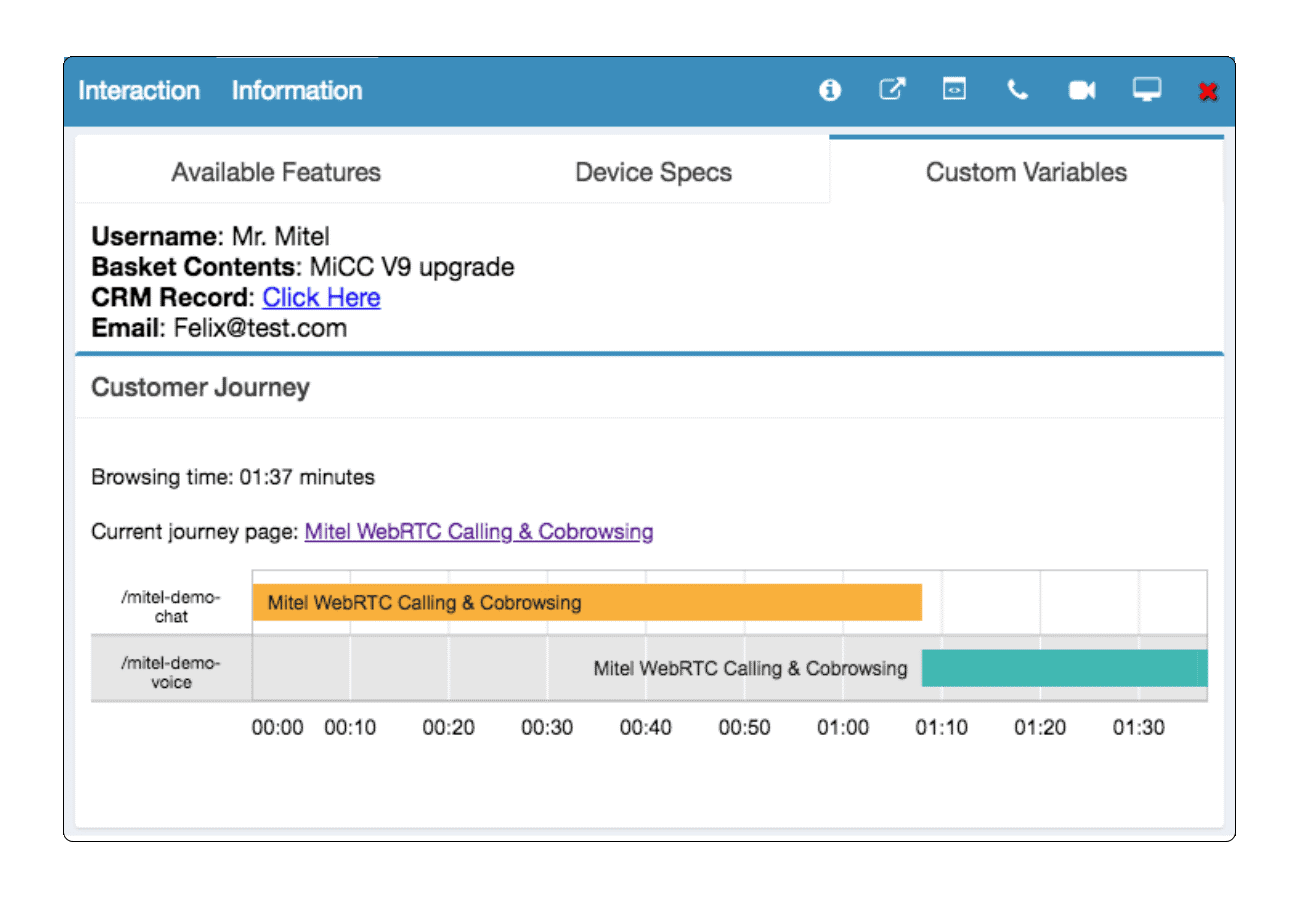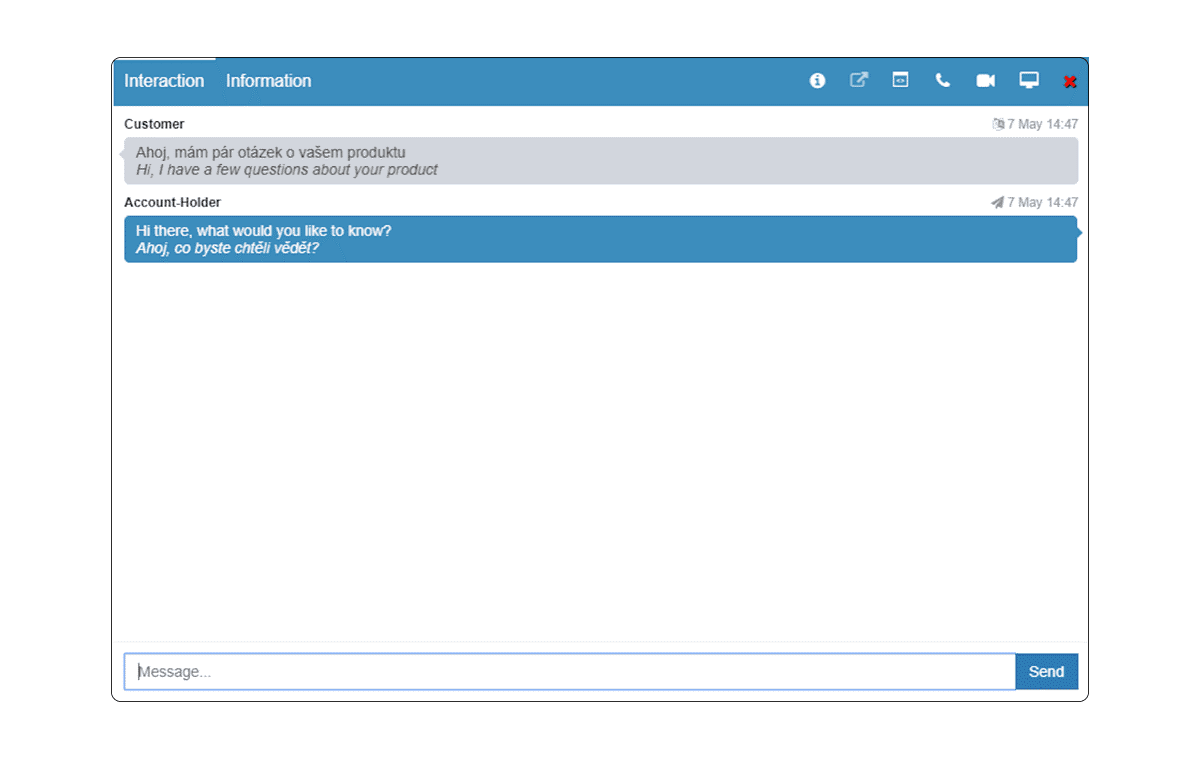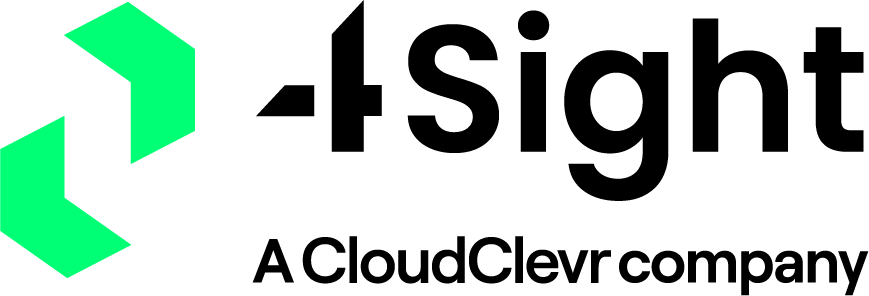The Ultimate Chat Toolkit to Maximise Your Contact Centre Efficiency

A simple chat box isn’t enough to compete in the contact centres of 2020. The fact is, like any good contact centre system, the effectiveness of a chat solution is often determined by how it works with your existing systems and the functionality it can offer agents to allow them to do their jobs to the highest standard.
Here are five features of the Talkative solution which are designed to maximise your contact centre efficiency, and support your team members to help them vastly improve the service they can provide to your customers.
1. Mitel Contact Centre Integration
The purpose of chat is to make customer service faster and more efficient- that’s why it was invented and its ability to achieve that is why it has become such a popular contact channel. But chat is only one channel out of a whole contact centre system, and for it to work effectively it has to be well integrated and have expertly design functionality which allows agents and supervisors to manage their workflows seamlessly. It’s no good having chat interactions coming through if they are separated from your Mitel Contact Centre for your phone calls and emails.
With Talkative’s integrated chat piece, agents have the ability to swap from calls to chats to emails through a single pane of glass. In addition to that, customer service teams are also making use of more advanced features and functionality to elevate their customer experience and improve their overall efficiency. Chat interactions can be escalated to a voice, video or cobrowse session at the click of a button, securely, and all escalations are logged and recorded in the same place.
2. Customer journey mapping
A great feature to work alongside your chat solution is customer journey mapping. This gives agents an overview of the customer’s website journey during their current session, and the agents can see which pages on your website they have visited and how long they have spent on them. This helps to contextualise your customer services, sales, and general enquiries, and allows your agents to offer more tailored and helpful advice.
Agents can see what web pages the customer has visited during historic sessions too. If the customer is a returning visitor, their previous journeys are stored on the system and can be retrieved quickly and easily.
Customer journey mapping is also great for digital marketing teams, too. Talkative’s solution can be integrated with Google Analytics, and chat interactions can be set up as events. By correlating the customer journey maps with chat events and type of enquiry (which can all be found within the system) you can determine which pages are generating the most chats, highlighting pages which may be confusing to customers. On the other hand, this could also highlight your most effective landing pages for conversions and lead generation.

3. Real-Time Language translation
One of the key benefits of having live chat as a customer contact channel is its accessibility. Live chat enables instant response and support for customers regardless of their geographic location, completely free of charge. Often, companies can support a 24/7 live chat on their website, through outsourced fulfilment or with their own contact centre shifts.
Of course, many customers may not speak English confidently or as a first language, but their needs as a customer must be met regardless. In the past, customer service teams would hire specialised agents with the ability to speak multiple languages. This is where real-time language translation comes in.
Talkative’s live chat solution offers translation into 21 languages in real-time by leveraging Google Translate. This allows both the customer and the agent to type in their native languages and have a fluid, frictionless conversation without the need for additional 3rd party tools or specialised team members.

4. Supervisor dashboards
A strong dashboard with key metrics and analytics is vital to understand the effectiveness of your contact centre. With Talkative Engage platform, supervisors are able to see and manage agent workflow from a centralised dashboard. This allows supervisors to view their agent’s activity and queues in real-time, to gain a better understanding of their team’s efficiencies. If Talkative has been integrated with Mitel Ignite, it can also give insight into the teams performance across different channels, such as chat, calls and email.
Account holders and supervisors can view current users, if they are online or not, how long they have been online or offline for, and how many interactions they are dealing with at that moment. They can see the interactions that are active, waiting or recently ended in real time, so they can monitor how agents are doing.
They have data which shows the amounts of interactions, which is split per user, so you can see how many interactions the user has handled in that date, and their feedback rate, it also shows an overall count of interactions, and if they were abandoned, waiting or handled, as well as the feedback rate. For example, which agents have the most positive or negative feedback, which is good to understand for agent training ongoing development.
5. Complete call and chat logs
Managing your interactions is all well and good, but having a complete log of all chats and calls within the system is essential if you want to be compliant. When looking for a chat solution, it’s important to consider how your interactions will be stored, and for how long. With Talkative, chats are stored within the system for 30 days, or longer if you need, and are exportable.
Another benefit of having interactions logs within the system is that agents have access to previous records, fast. When handling a complaint, for example, this means that the agent can easily see the history of the customers’ interactions, which makes it easier for agents to contextualise their complaint and offer a more helpful service.
To find out more about Talkative and how their solutions can benefit your Mitel Contact Centre, speak to your account manager today.
This article was first published by Talkative.



